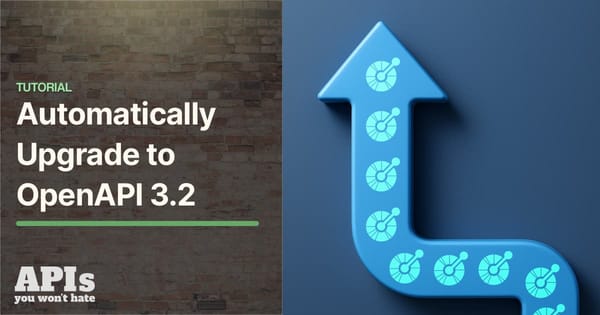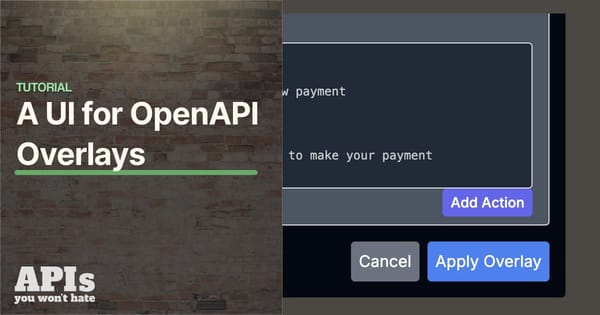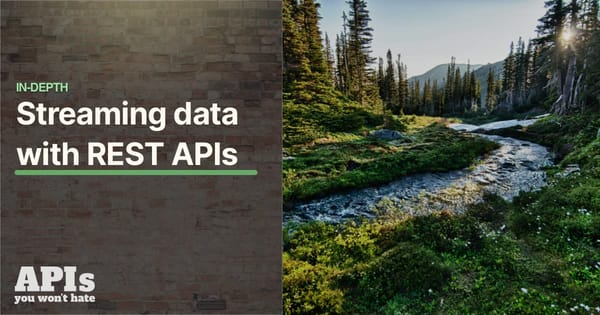php
Zero-Downtime Migration from Laravel Vapor to Laravel Cloud
Move your Laravel API from Vapor to Cloud in phases, without making a complete hash of it and wiahing you never bothered.
php
Move your Laravel API from Vapor to Cloud in phases, without making a complete hash of it and wiahing you never bothered.

Upgrade old OpenAPI/Swagger documents to the latest and greatest OAS 3.2 with ease.

openapi
Overlays can be tricky to wrap your head around, but this handy GUI can help it all make sense.

geojson
Once you've learned the basics of JSON Streaming in APIs, it starts to become a whole lot more interesting for a whole lot more use-cases.

streaming
Are you forcing API clients to wait for every single byte of massive JSON collections to be sent from the server before letting them render data that's ready already?